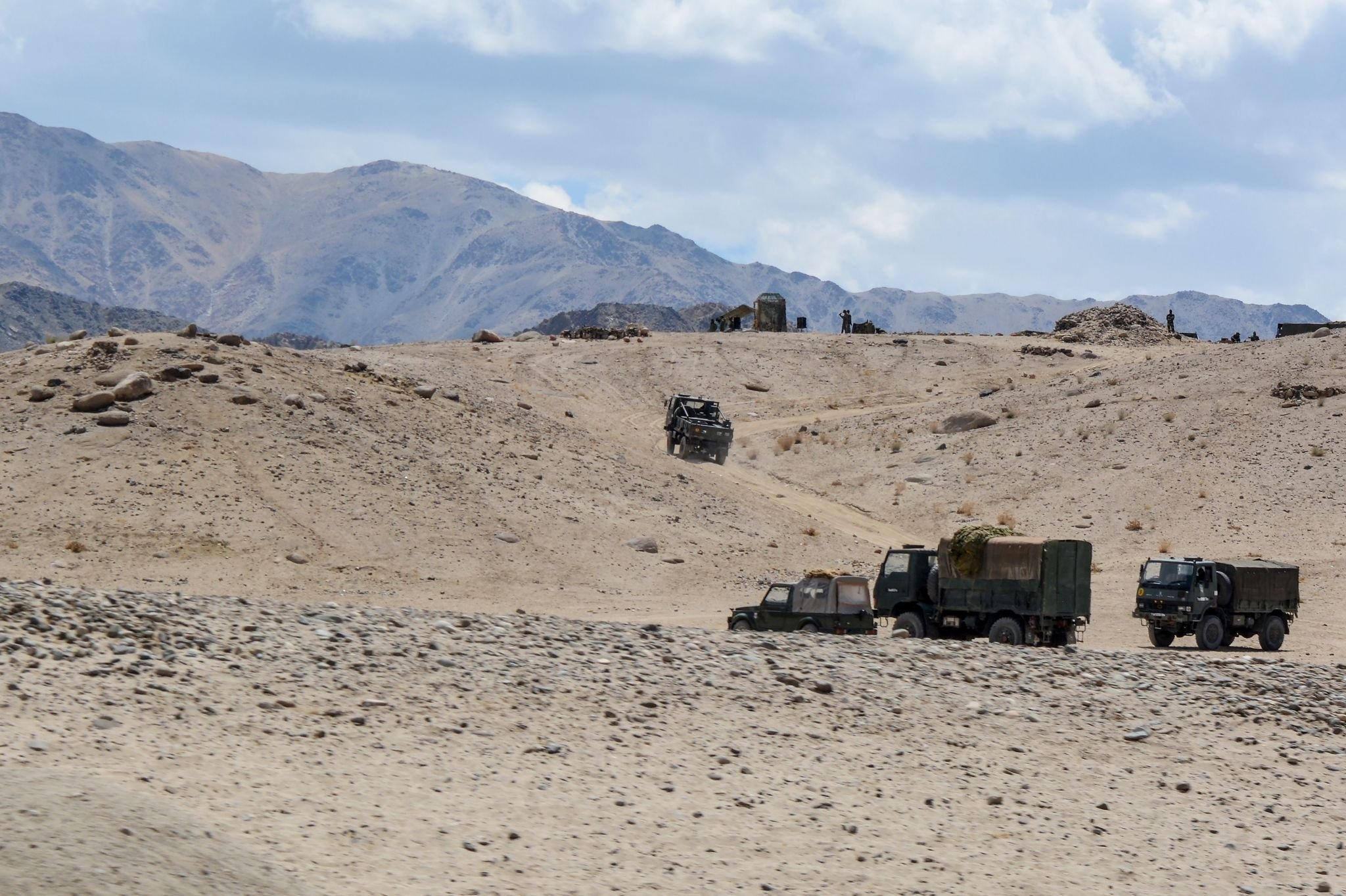The Government’s approval for constructing five new roads in Eastern Ladakh marks a significant stride in bolstering India’s defence infrastructure along the LAC with China. This move aims not only to facilitate the smooth movement of troops but also to improve road connectivity for locals, reflecting a dual purpose of strategic defence and regional development. The ongoing conflict with China since May 2020 has underscored the necessity for enhanced infrastructure, making this development timely and critical. The conflict along the LAC in Eastern Ladakh has been a focal point of Indo-China relations. The Galwan Valley clash in June 2020, which resulted in casualties on both sides, highlighted the need for robust infrastructure to support rapid and efficient troop mobilization. The new roads approved for construction by the BRO and CPWD will play a pivotal role in ensuring that Indian forces can maintain a strategic advantage in this volatile region.
Improved road connectivity in Eastern Ladakh is essential for various reasons. It will allow for the swift deployment of troops and military equipment to strategic locations along the LAC. In a region characterised by rugged terrain and harsh weather conditions, all-weather roads are crucial for maintaining a continuous and reliable supply chain. Moreover, these roads enhance the ability of the armed forces to conduct regular patrols, thereby asserting control and ensuring vigilance along the border. Furthermore, the upgradation of existing roads from single to double lanes and the construction of new four-lane roads further boost mobility. Such infrastructure not only facilitates military operations but also serves as a deterrent to potential adversaries by showcasing India’s preparedness and logistical strength.
The benefits of this infrastructure development extend beyond military applications. The improved road connectivity will significantly enhance the quality of life for local communities living near the LAC. Better roads mean easier access to essential services such as healthcare, education, and markets. This development is part of the broader Vibrant Village Programme, which aims to develop border villages along the China border, including the Union Territory of Ladakh. Well-connected villages are the first line of defence. The Union budget allocation of Rs 6,500 crore to the BRO, marking a 30 percent increase from the previous year, is significant. Additionally, Rs 1,050 crore has been allocated to the Union Home Ministry for the Vibrant Village Programme. This financial commitment underscores the Government’s recognition of the strategic and socio-economic importance of these regions.
The current phase of road construction is part of a broader, long-term strategy to enhance India’s border infrastructure. The early 2000s saw the planning of the initial phases of the India-China Border Roads (ICBR) project, and the current efforts are a continuation and acceleration of these plans. Following the Galwan standoff, the Union Government has prioritised the construction of new roads as part of Phase 3 of the ICBR project. Significant progress has already been made, with many roads completed under the first two phases. These all-weather roads have vastly improved the mobility of security forces along the LAC, ensuring that India can maintain a robust defence posture. The Prime Minister’s recent inauguration of work on the Shinkun La tunnel, a 4.1-kilometre structure providing all-weather connectivity to Leh, is another testament to this ongoing commitment.
India and China have engaged in numerous rounds of talks to address the issues and achieve disengagement at various friction points. The fact that there have been no major untoward incidents in recent times is a positive sign, indicating that dialogue remains a viable path to conflict resolution. However, maintaining a strong defence infrastructure is a necessary precaution. The new roads and upgraded infrastructure signify India’s strategic intent to secure its borders and protect its sovereignty. Lowering the guard cannot be allowed at this juncture. This balanced approach underscores the importance of being prepared for any eventualities while striving for peaceful resolutions, ensuring that India remains steadfast in safeguarding its territorial integrity and national security.
Trending Now
E-Paper


